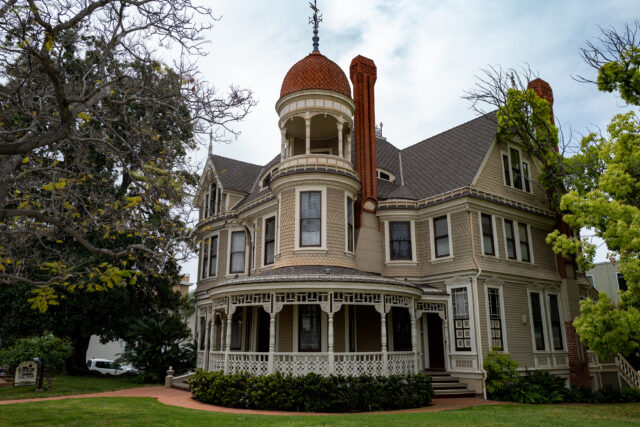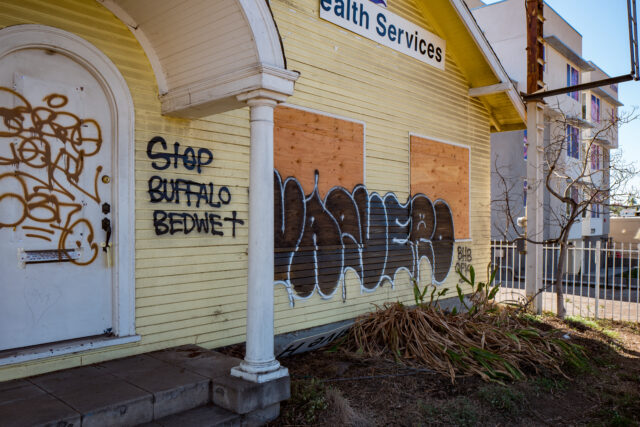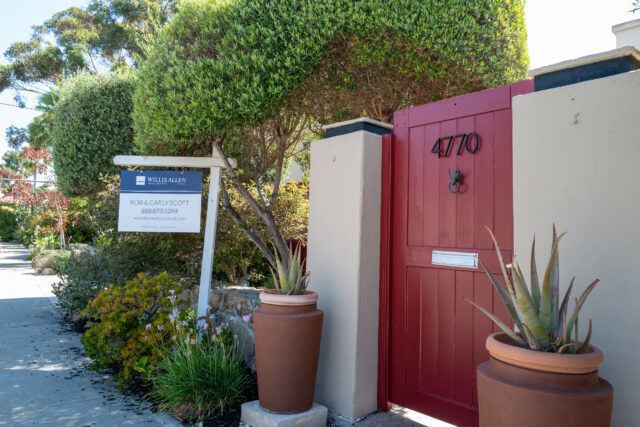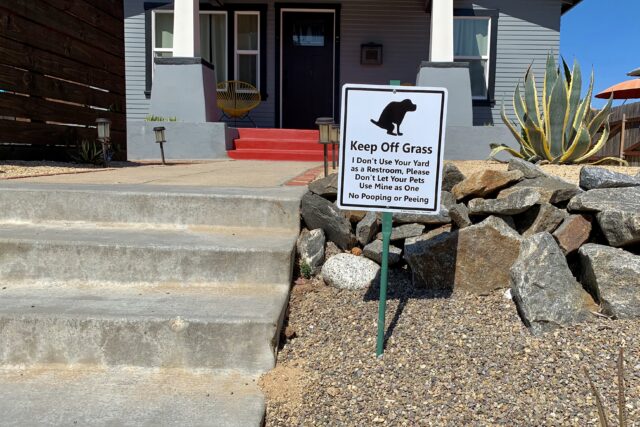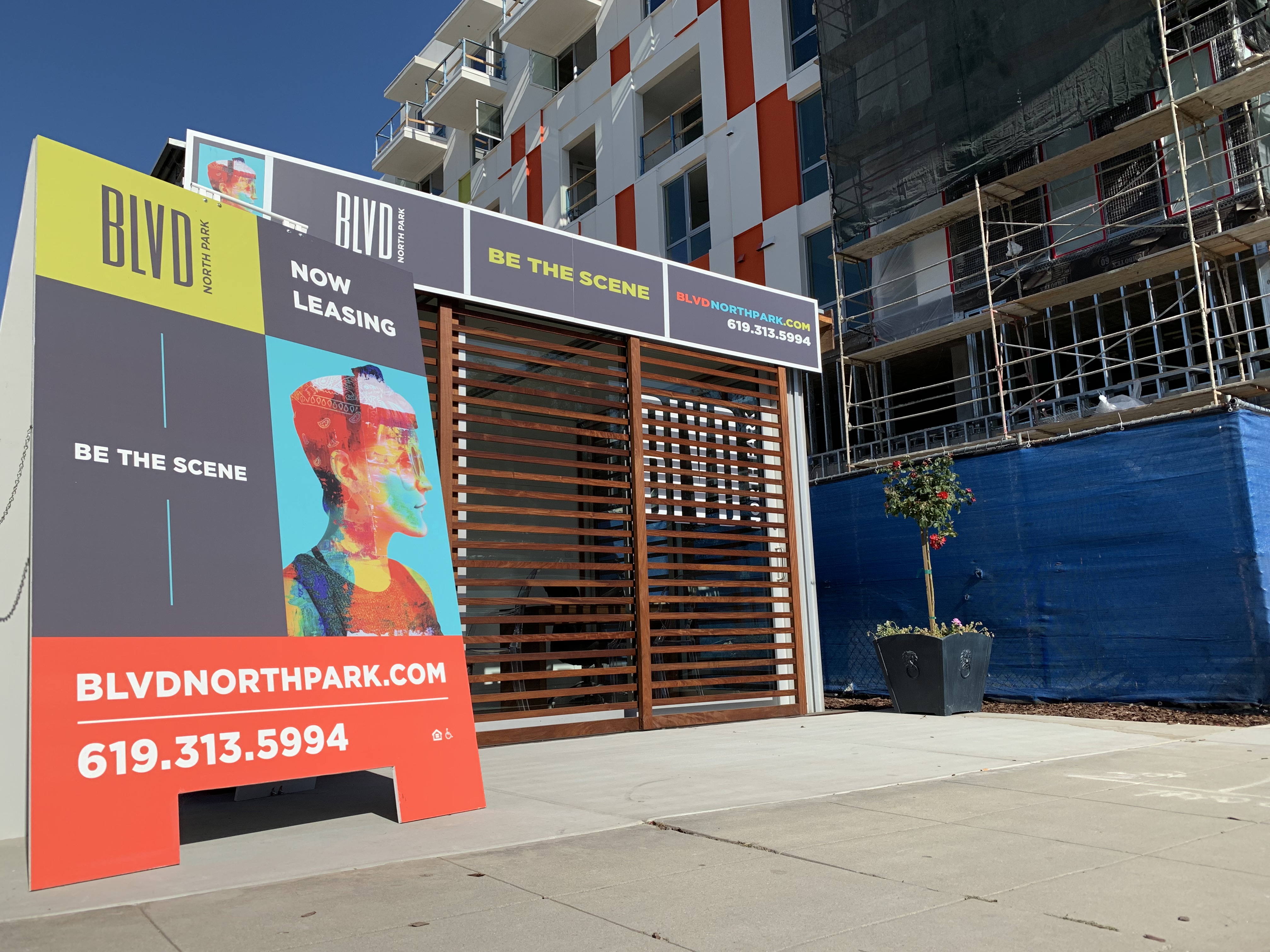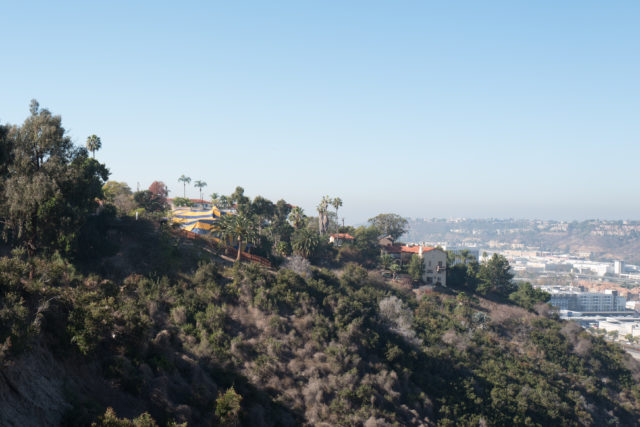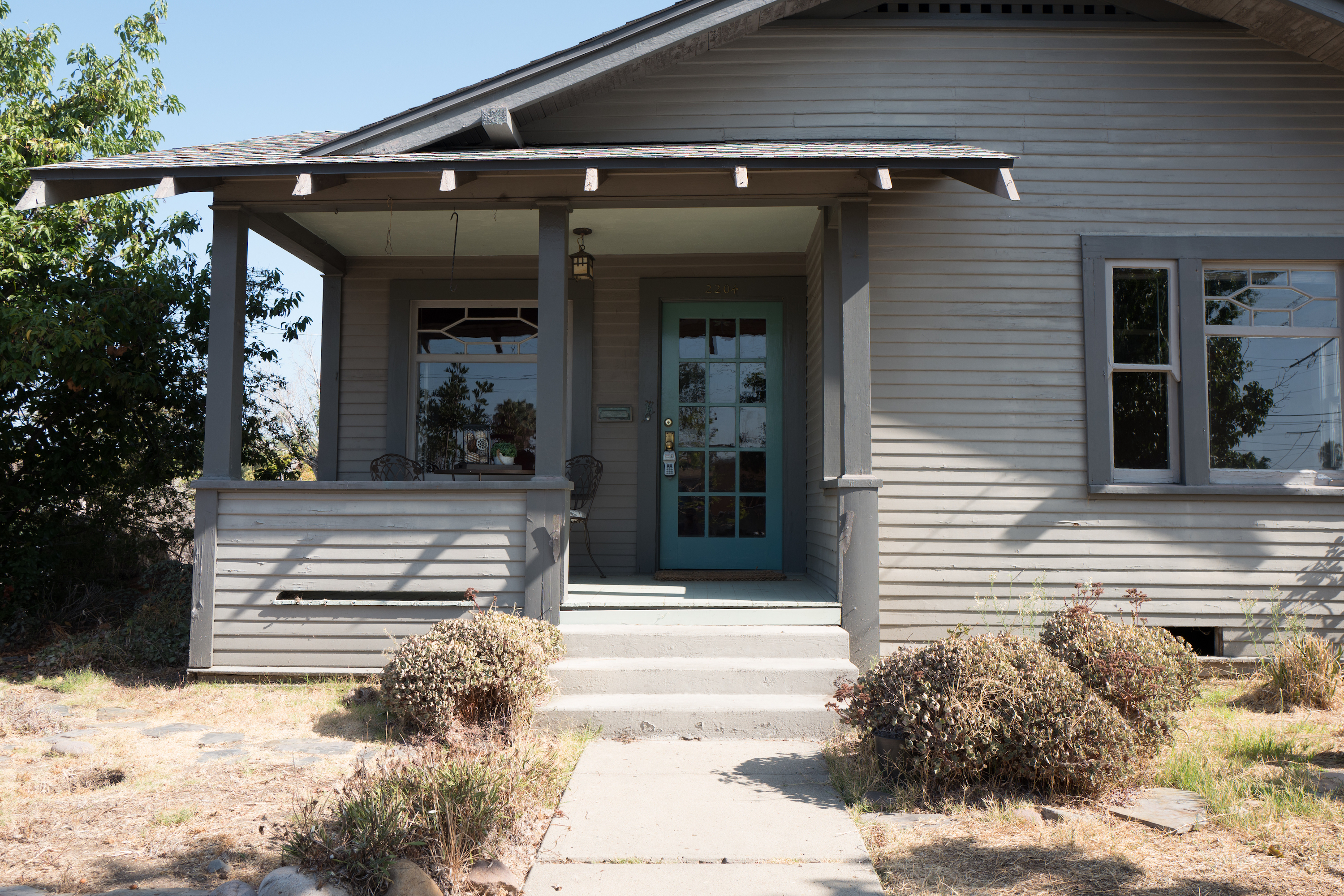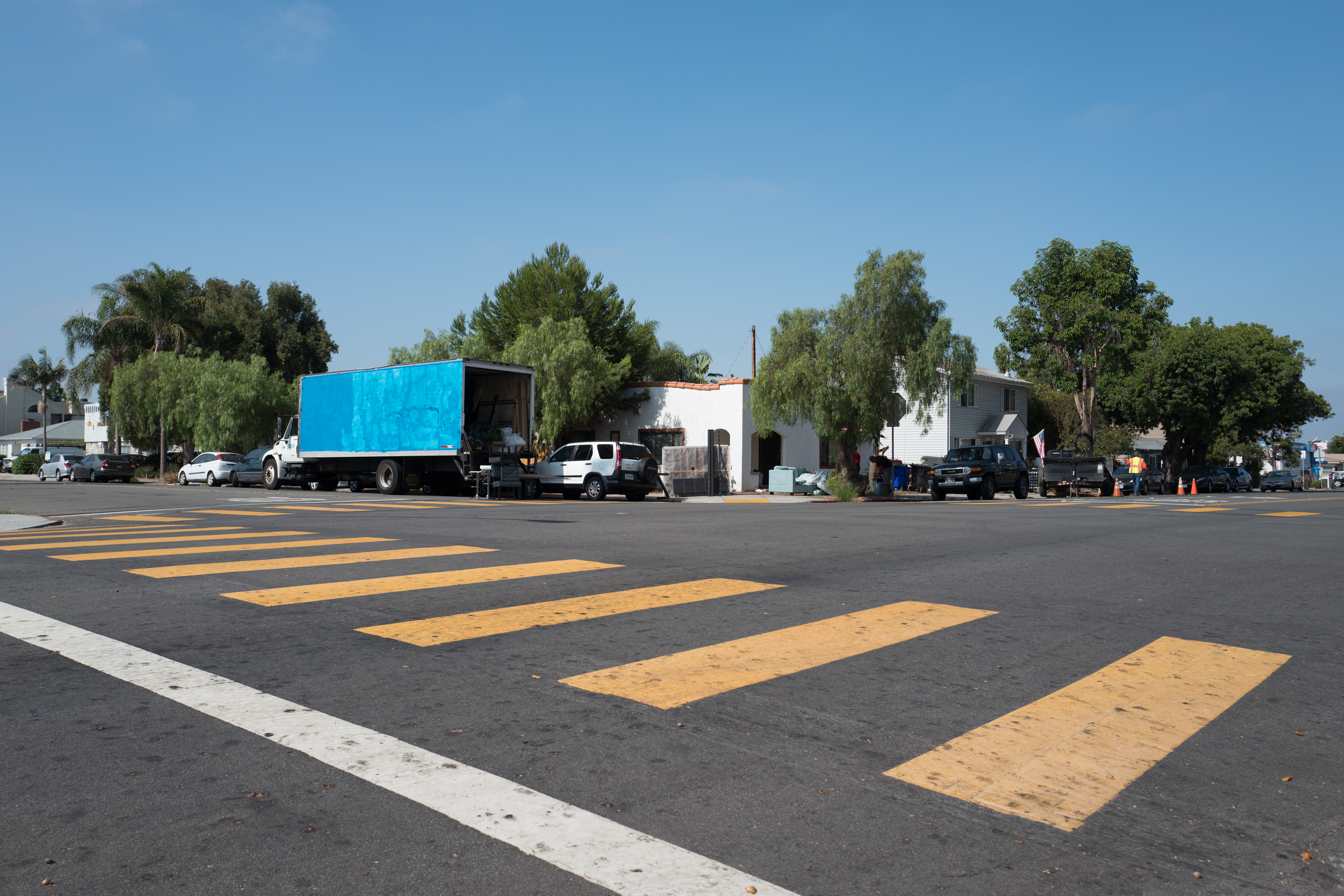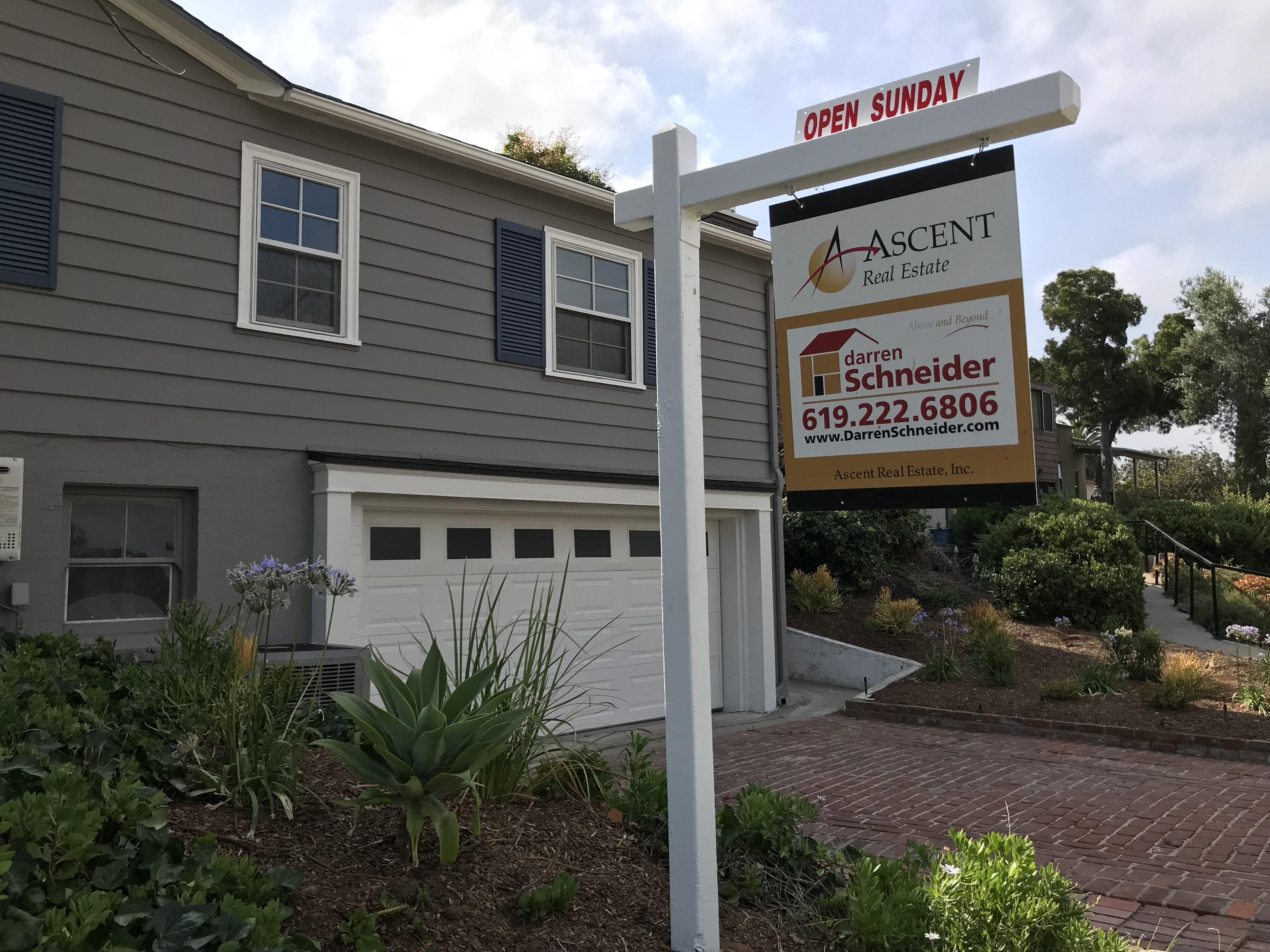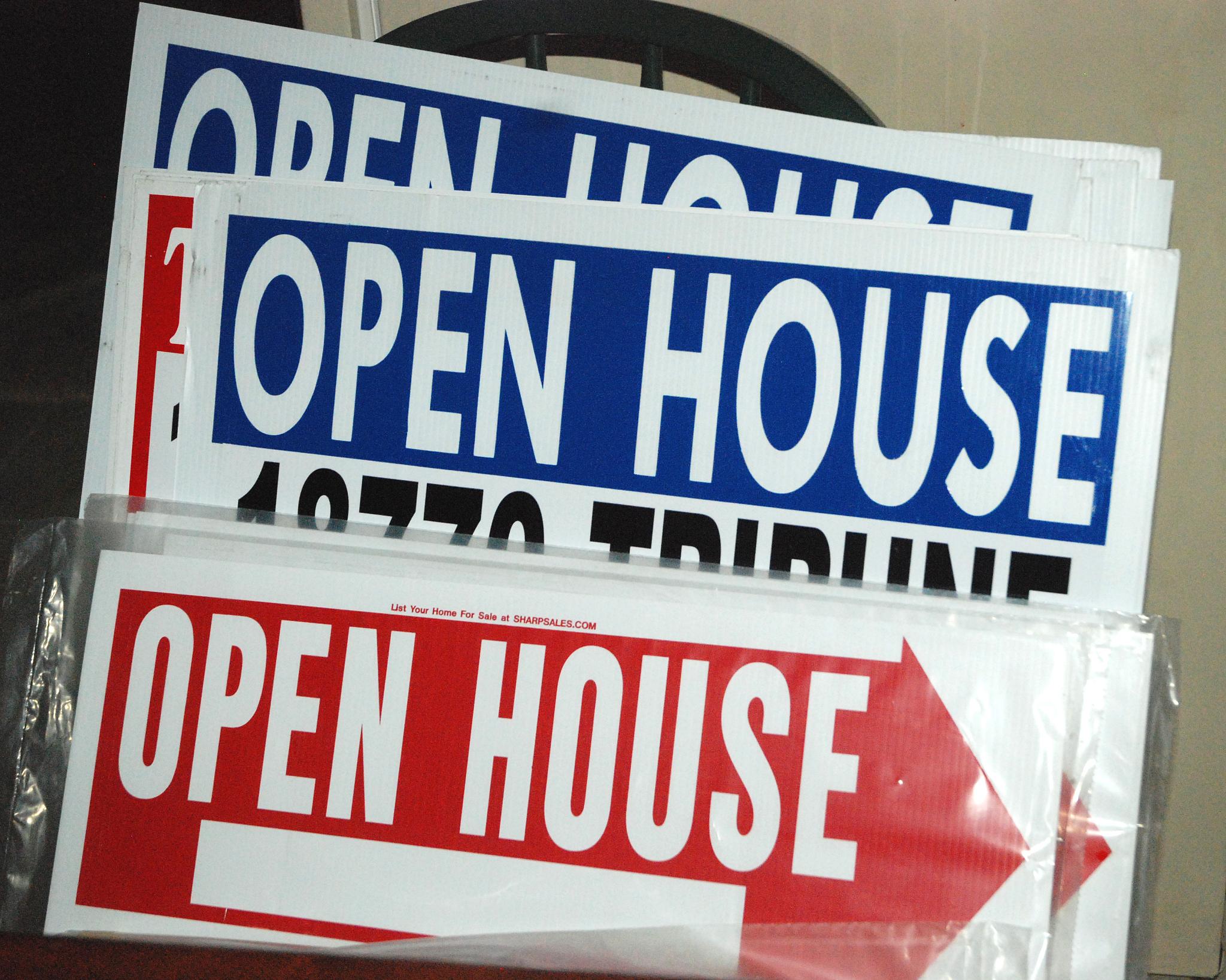On the same day, April 11, 2021, that my wife and I walked across the Spruce Street Suspension Bridge, we footed down 1st Avenue towards downtown. We wanted to reminisce about our delightful after-theater walk—planes flying low overhead to land—after watching Jesus Christ Superstar on stage at the San Diego Civic Center. That was Nov. 16, 2019, near the start of the 50th anniversary tour, which SARS-CoV-2 (severe acute respiratory syndrome Coronavirus 2)/COVID-19 lockdowns would end earlier than the planned Aug. 30, 2020 final performance.
At the corner of First and Kalmia, we came across the magnificent structure that is the Featured Image (warning: 30MB file), captured using Leica Q2. Vitals, aperture manually set: f/5.6, ISO 100, 1/320 sec, 28mm; 12:44 p.m. PDT. I reduced exposure in post-production, should you feel that the photo is too dark; that’s deliberately done.
